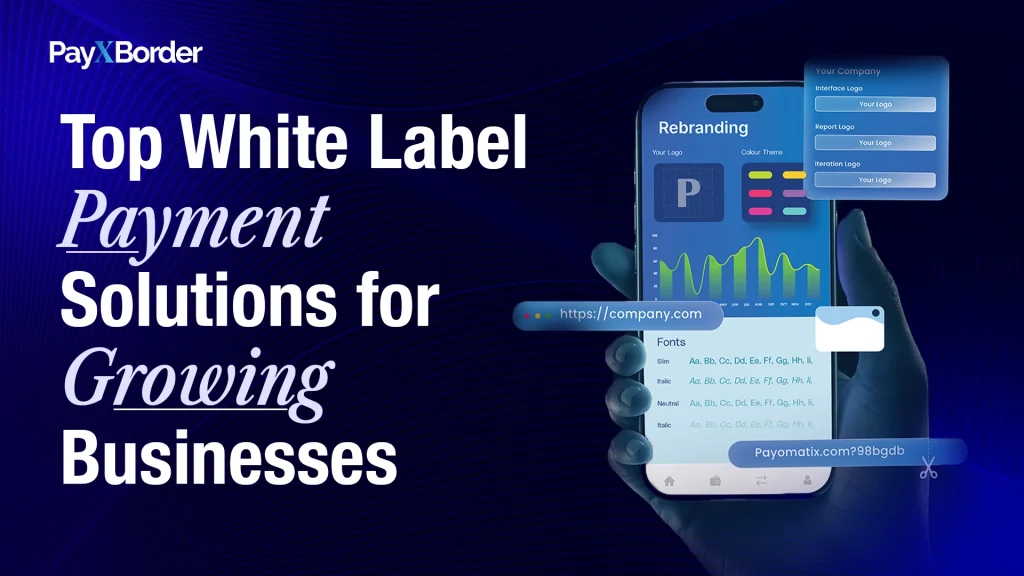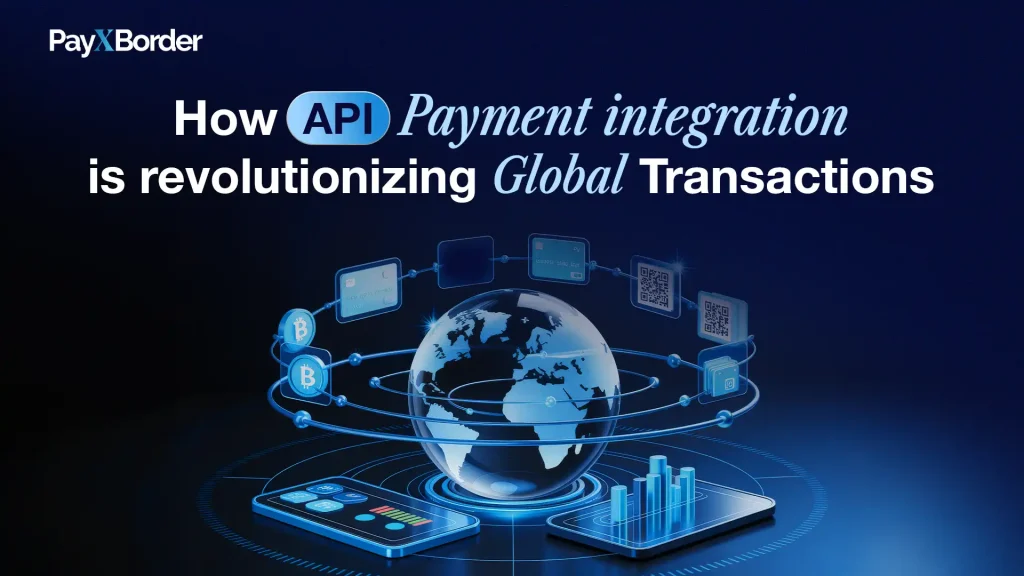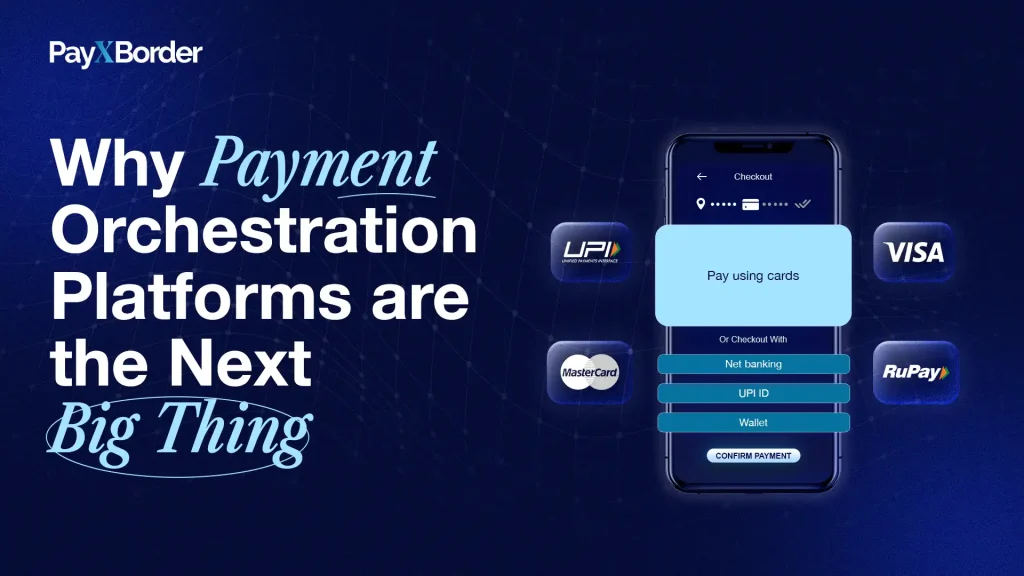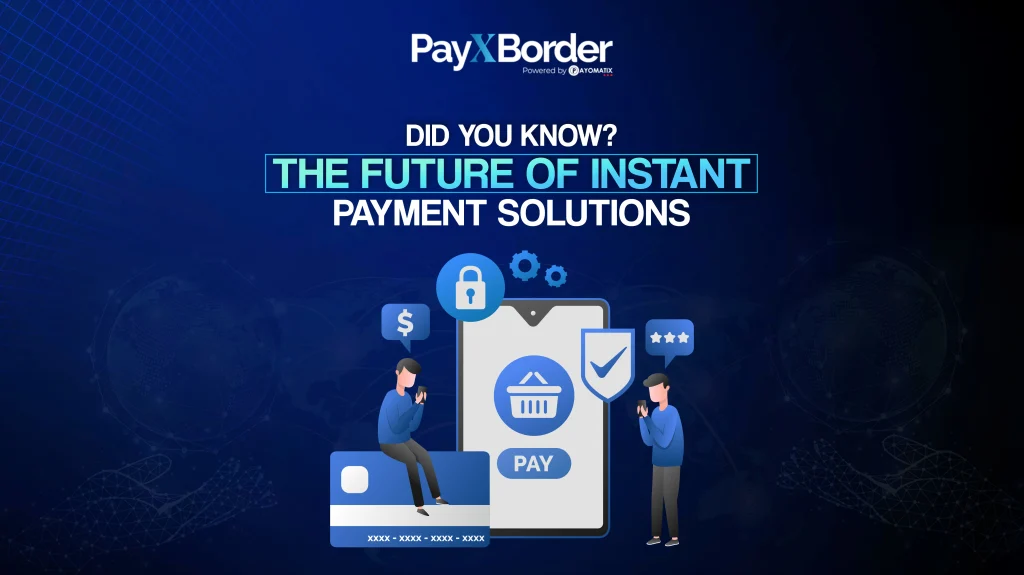© 2024 PayXborder by Payomatix. All rights reserved.
- Home
- Blogs
Your Trusted Partner for Cross Border Remittances
Expert Insights on Cross-Border Transactions, Global Remittances, and Secure Financial Solutions.

The Future of International Remittance: How Blockchain and Cryptocurrencies Are Changing the Game
Introduction
International remittance, the process of sending money across borders, plays a vital role in the global economy. With over $540 billion sent to low- and middle-income countries in 2020, according to the World Bank, remittances provide essential financial support to millions of families worldwide. However, the traditional methods of transferring money internationally often come with high fees, slow processing times, and limited transparency.
Enter blockchain and cryptocurrencies—two emerging technologies that promise to revolutionize the remittance industry. By offering faster, cheaper, and more secure ways to send money across borders, blockchain-based remittance solutions are poised to disrupt the status quo and provide new opportunities for both individuals and businesses. In this article, we will explore how blockchain and cryptocurrencies are reshaping the future of international remittance, examining the benefits, challenges, and real-world applications of these technologies.
The Current Challenges of International Remittance
Before diving into the potential of blockchain and cryptocurrencies, it’s important to understand the key challenges facing the traditional international remittance industry:
- High Fees: Traditional money transfer services, such as Western Union and Money Gram, often charge high transaction fees. According to the World Bank’s Remittance Prices Worldwide Database, the average global cost of sending remittances was 6.5% in 2020. These costs disproportionately affect low-income individuals and migrant workers who rely on remittances to support their families.
- Slow Transfer Times: Cross-border payments through traditional channels can take several days to process, especially when sending money to countries with underdeveloped financial infrastructures. Delays are particularly problematic when urgent funds are needed.
- Lack of Transparency: Many remittance services are opaque when it comes to fees and exchange rates. Hidden costs and unfavorable exchange rates reduce the final amount received by beneficiaries.
- Limited Access: In many developing countries, a significant portion of the population is unbanked, meaning they lack access to traditional financial services. This limits their ability to receive money through conventional remittance methods.
These pain points have led to a growing demand for more efficient and accessible alternatives, and that’s where blockchain and cryptocurrencies come in.
What Is Blockchain and How Does It Work in Remittance?
Blockchain is a decentralized digital ledger technology that allows data to be recorded in a secure, transparent, and immutable way. Transactions on a blockchain are verified by a network of nodes, eliminating the need for intermediaries such as banks or payment processors. This decentralization is a key factor in reducing costs and speeding up cross-border transactions.
When applied to remittances, blockchain technology enables individuals to send money directly to recipients without relying on third-party intermediaries. This reduces fees, increases transparency, and allows for faster settlements.
Cryptocurrencies—digital currencies that operate on blockchain networks—are also gaining traction in the remittance space. By using cryptocurrencies like Bitcoin, Ethereum, or Ripple (XRP), senders can transfer value across borders in a matter of minutes, rather than days.
Key Benefits of Blockchain and Cryptocurrencies in International Remittance
1. Lower Transaction Costs
One of the most significant advantages of using blockchain and cryptocurrencies for international remittances is the potential to drastically reduce transaction costs. Traditional remittance services typically involve multiple intermediaries—each taking a cut of the transaction through fees. Blockchain, by removing these intermediaries, enables peer-to-peer (P2P) transactions with minimal fees.
For example, Ripple, a blockchain platform designed for cross-border payments, charges a fraction of a penny per transaction. This is a stark contrast to the fees charged by traditional remittance providers, which can range from 5% to 10% of the total amount sent.
2. Faster Transfer Times
While traditional remittance services can take several days to process, blockchain-based transfers are often completed in minutes or even seconds. Cryptocurrencies like Bitcoin or Ethereum can be sent across borders almost instantaneously, thanks to the decentralized nature of blockchain networks.
For example, the Stellar blockchain, which is specifically designed for cross-border transactions, can settle payments within a few seconds, making it ideal for remittances to countries with slow financial systems.
3. Increased Transparency and Security
Blockchain’s decentralized ledger ensures that every transaction is recorded and traceable, providing complete transparency. This transparency eliminates hidden fees and allows both the sender and recipient to see the full cost of the transaction, improving trust in the process.
Moreover, blockchain transactions are highly secure due to the cryptographic protocols used to verify and protect data. The immutability of the blockchain ledger ensures that transactions cannot be altered once recorded, reducing the risk of fraud and providing peace of mind for both parties.
4. Enhanced Financial Inclusion
A significant portion of the global population remains unbanked, particularly in developing regions. Blockchain and cryptocurrencies can provide a solution to this issue by enabling people without access to traditional banking services to receive and send money using just a smartphone and an internet connection.
Blockchain platforms like Celo and Stellar are specifically designed to offer low-cost financial services to underserved populations. By leveraging these platforms, individuals in remote areas can participate in the global financial system without needing a bank account.
Real-World Examples and Case Studies
1. Ripple and MoneyGram Partnership
In recent years, Ripple has partnered with traditional remittance providers like MoneyGram to improve the efficiency of cross-border payments. Through this partnership, Ripple’s blockchain technology has been used to facilitate real-time international payments at a lower cost.
Ripple’s use of its cryptocurrency, XRP, has allowed MoneyGram to settle transactions instantly, improving liquidity and reducing the costs associated with traditional cross-border settlements. Although MoneyGram has since scaled back its use of Ripple due to regulatory uncertainties surrounding XRP, this partnership demonstrated the potential of blockchain in revolutionizing the remittance industry.
2. Stellar and IBM’s World Wire
Stellar, a blockchain designed specifically for cross-border payments, partnered with IBM to launch World Wire, a global payment network that uses blockchain to facilitate real-time international remittances. World Wire connects financial institutions to clear and settle transactions using Stellar’s blockchain, reducing the time and costs associated with traditional methods.
World Wire has been piloted in multiple countries, including the Philippines and Brazil, where remittance services are critical to local economies. The project has demonstrated that blockchain-based remittances can be faster, cheaper, and more accessible to underserved populations.
3. Abra’s Crypto-Based Remittance Service
Abra, a cryptocurrency wallet and exchange, has been offering crypto-based remittance services in the Philippines for several years. By allowing users to deposit fiat currency, convert it to cryptocurrency, and send it to recipients abroad, Abra has provided a low-cost alternative to traditional remittance services.
Abra’s platform also supports direct-to-bank transfers, allowing recipients in the Philippines to cash out the funds in their local currency. This hybrid model has enabled Abra to bridge the gap between traditional finance and cryptocurrency, making remittances more affordable for its users.
Challenges and Limitations
While blockchain and cryptocurrencies hold significant promise for the future of international remittance, several challenges must be addressed before widespread adoption can occur:
1. Regulatory Uncertainty
Cryptocurrencies remain subject to varying degrees of regulation across different countries. In some regions, cryptocurrency use is restricted or outright banned, limiting the ability of remittance providers to operate on a global scale. Regulatory clarity will be necessary to ensure the widespread adoption of blockchain-based remittances.
2. Volatility of Cryptocurrencies
The price volatility of cryptocurrencies like Bitcoin and Ethereum can pose risks for both senders and recipients. A significant drop in the value of a cryptocurrency between the time it is sent and received can reduce the amount of money that reaches the recipient. Stablecoins, such as USDC and Tether, which are pegged to fiat currencies, have emerged as a solution to this problem, but they are not yet as widely adopted.
3. Lack of Awareness and Education
Many people, particularly in developing countries, are unfamiliar with blockchain and cryptocurrencies. Increasing awareness and providing education about the benefits and risks of using these technologies for remittances will be crucial to driving adoption.
Conclusion
Blockchain and cryptocurrencies are reshaping the future of international remittance, offering lower fees, faster transfer times, and greater transparency compared to traditional methods. By eliminating intermediaries and leveraging decentralized networks, these technologies have the potential to make remittances more affordable and accessible for millions of people worldwide.
While challenges such as regulatory uncertainty and cryptocurrency volatility remain, ongoing developments in the blockchain space, along with growing interest from financial institutions, suggest that blockchain-based remittance solutions will continue to gain traction. As the global remittance landscape evolves, blockchain and cryptocurrencies could play a pivotal role in building a more efficient, inclusive, and cost-effective financial system for all.







